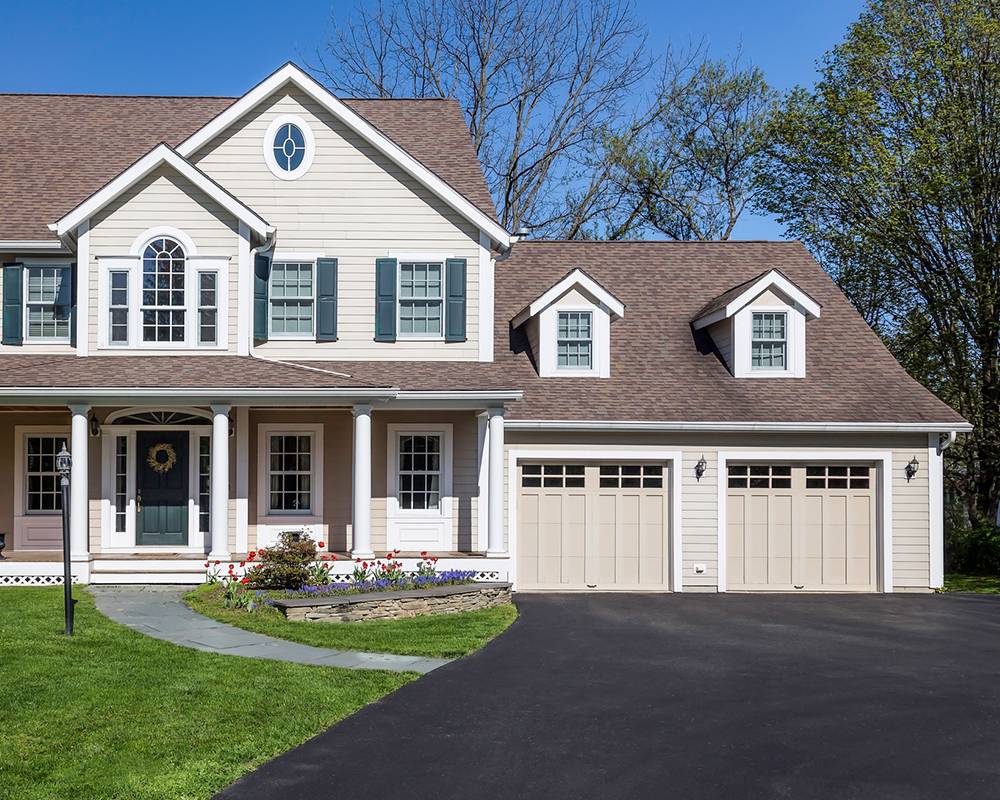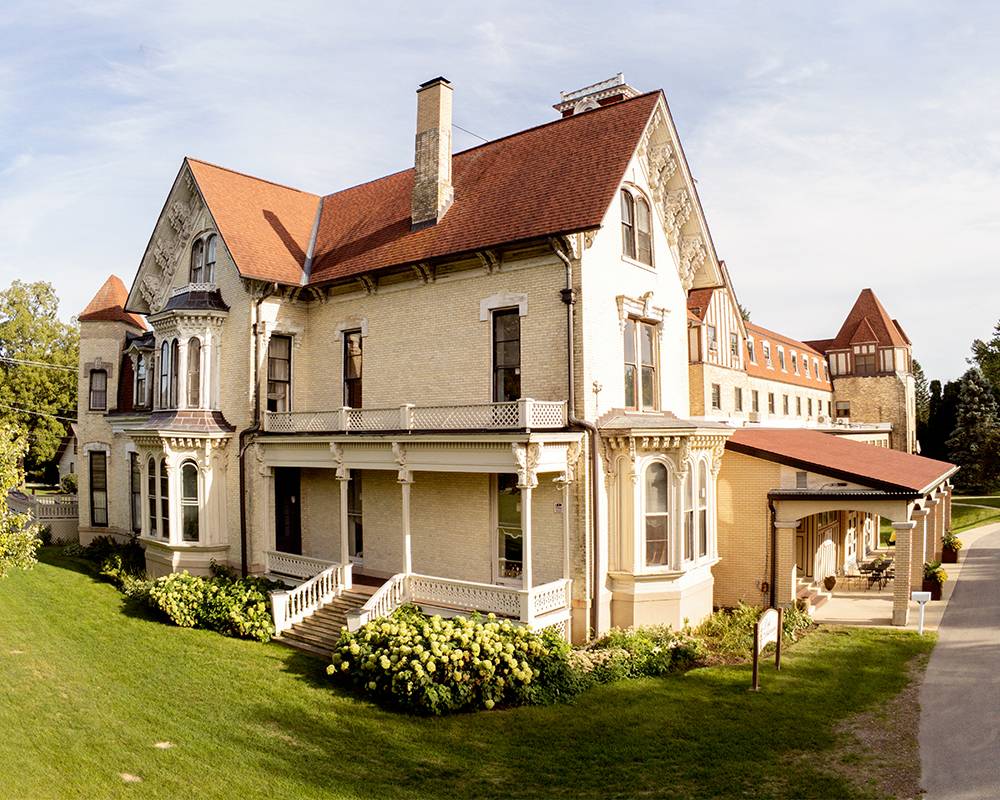When people outside our region think about Joliet, there’s one landmark that quickly comes to mind: the Joliet Correctional Center, also known as the Old Joliet Prison.
“The old prison is almost as old as the city of Joliet itself,” says Greg Peerbolte, executive director of the Joliet Area Historical Museum. “Joliet has this reputation as a prison city, so if you go around the country and around the world and tell people you’re from Joliet, they’ll probably mention the prison.”
John Belushi’s “Joliet Jake” character, from the classic film “The Blues Brothers,” played off that reputation. In later years, the prison, located at 1125 Collins St., appeared in television shows like “Prison Break” and “Empire.”
Instead of running from the city’s infamous past, Peerbolte and his team have fully embraced the old prison and its ability to attract tourists.
Since 2018, the Joliet Area Historical Museum has operated tours at the now-shuttered facility.
“Instead of letting the building sit vacant, we’ve turned it into an economic development driver to help facilitate that interest,” Peerbolte says. “Instead of having people drive up, take pictures and leave, we decided to monetize it.”
The prison opened in 1858, just six years after Joliet was incorporated. The main complex’s castle-like facade was built from local limestone and designed by Chicago architect W.W. Boylington, designer of the Chicago Water Tower.
By 1878, the prison had nearly 2,000 inmates. Despite calls for the prison to be closed over the years because of unsanitary and dangerous conditions, it stayed open until 2002, when former Gov. George Ryan closed it to save money.
“The City of Joliet and the Joliet Area Historical Museum partnered to reclaim the building and clean up the site,” Peerbolte says. “It still retains that abandoned feel and aesthetic.”
There are several ways to explore the old prison grounds, starting with a self-guided tour in which visitors stroll at their own pace.
“There’s a series of interpretive signage on the site, which explains the history of the prison, the different buildings on the site and what they were used for,” Peerbolte says. “We also talk about the site’s architecture.”
The guided history tour puts visitors in the company of a certified museum guide who shares an overview of the prison’s history and points of interest.
Another tour is led by former Joliet prison guards who share some of their own experiences inside the prison walls.
“The former guards tell some dicey stories about violence and escapes,” Peerbolte says. “We let the guards tell their stories, and sometimes, they can range from rated PG-13 to rated R. We let people know that when they book their tours.”
Autumn always brings more attention to Joliet’s haunted history tour, in which a docent shares the tales of this prison’s most notorious former residents. It covers the darker, scarier side of the prison.
“That’s more of an after-dark tour where we explain the lore behind the prison and the different prisoners who people alleged might be responsible for haunted activities,” Peerbolte says. “We tell people the true, factual stories, and they can decide what’s haunted.”
Along those lines, the Ghost Hunting 101 tour attracts those who are brave enough to visit the prison at night, and it’s designed for anyone who wants to learn more about paranormal investigating.
“We explain what kind of equipment ghost hunters use, why they’re being used and the history behind it,” Peerbolte says.
The prison sits on 16 acres, and each tour covers about a mile.
Tours are open to the public from March into November because the buildings are still abandoned and don’t have working utilities. Due to COVID-19, tours this year are outside only.
Whichever tour you choose, the experience is sure to leave you with something to think about.
“We want people to leave with a better sense of the history of incarceration as it relates to the Joliet prison and its role nationally and internationally when it comes to shaping prison policy for better or worse,” Peerbolte says. “We also want people to feel more empathetic to people in corrections and people who are incarcerated. We want them to have conversations during their car ride home about something they didn’t know or any misconception they’ve had.”
Visit jolietprison.org for tickets, which must be purchased in advance.
Tours meet at the prison’s main parking lot, located off Collins Street. Prices vary by tour. ❚
Joliet Area Historical Museum is located at 204 Ottawa St., Joliet, (815) 723-5201, jolietprison.org.














